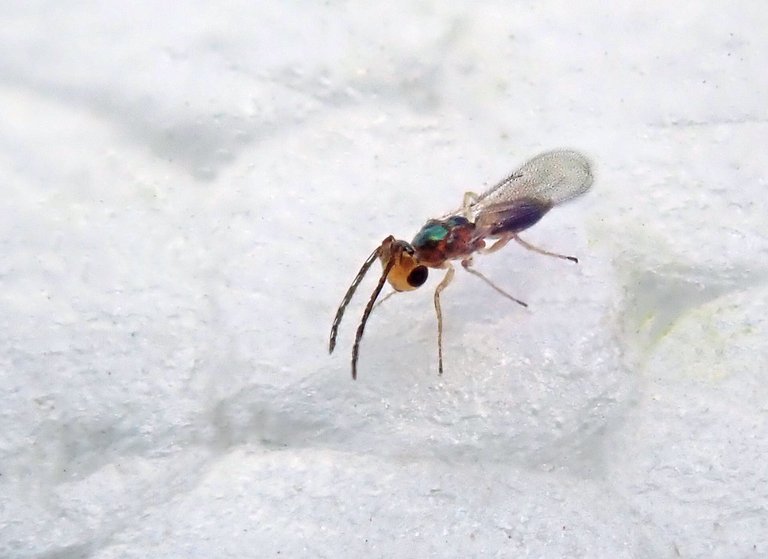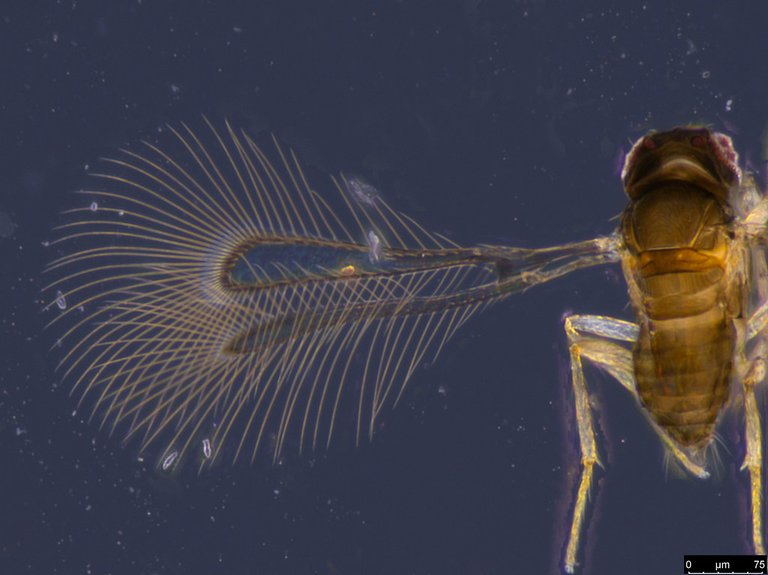The Smallest Adult Insects Living
Of everything associated with fairies including fairytales, we know they are not real but there's something with that name added to it that is real and that's the fairyfly. These wasps are tiny and found around us but we do not notice them thanks to their miniature state. The species of these insects includes the smallest insect in the world. There are about 1400 species of fairyflies, and while they are referred to as flies, they are wasps.
They can be just about 1 millimeter long, while the smallest of the species is about 1/7 of a millimeter and just about the size of a paramecium which is a single cell. These insects have everything that other insects have but are still small, with the compartments in between their legs, and antennae being smaller, with their circulatory and respiratory system being a whole lot simpler as they just rely on diffusion to get air in and out while the smallest types of fairyfly do not even have vessels or a heart.
Still on their tiny sizes, their eyes are less compound compared to other insects as they have fewer and smaller facets which makes it difficult to be able to bend and absorb light leading to lower visual acuity compared to other insects but to compensate for that, they rely on smell. The males in some fairyfly species do not have an eye part, wings, or even a mouthpart since they just live for a few days.
These wasps have very small and few cells so their cell structures can be very tiny or almost non-existent. For instance, in cases where their cells condense their DNA to shrink their nuclei. When it comes to neurons, they have extremely few ones with the tiniest ones having about 7400 neurons in total.
For this insect to meet their miniature goal, their egg sizes are even cut down, and they do not have yolks. Fairyflies are parasitoids, laying their eggs on their host which is inside the egg of other insects allowing for their young to get nutrients from the yolk of the host and feed on the embryo that serves as host.
Scientists are still looking to learn more about this insect, including how they can be used to reduce pests in agriculture as they feeds on the eggs of agricultural pests. This could be a breakthrough in the world of agriculture but learning about the insect shouldn't end there, more studies are to be done to understand how they are able to reduce their organs to the barest minimum while still being an insect. This can help us achieve a lot in the world of science.
You Can Read More Here
https://eol.org/pages/715
https://zookeys.pensoft.net/articles.php?id=3408
https://pmc.ncbi.nlm.nih.gov/articles/PMC5414980/
https://www.sciencedirect.com/science/article/abs/pii/S1467803911000946?via%3Dihub
https://jhr.pensoft.net/articles.php?id=1635
https://pubmed.ncbi.nlm.nih.gov/25341106/


Thanks for your contribution to the STEMsocial community. Feel free to join us on discord to get to know the rest of us!
Please consider delegating to the @stemsocial account (85% of the curation rewards are returned).
Thanks for including @stemsocial as a beneficiary of this post and your support for promoting science and education on Hive.